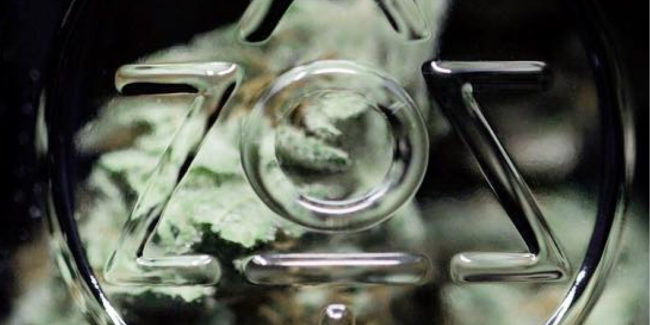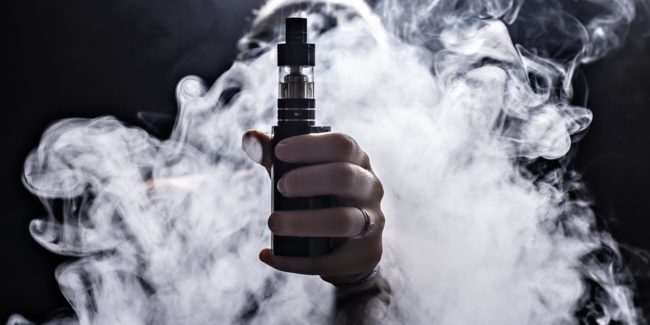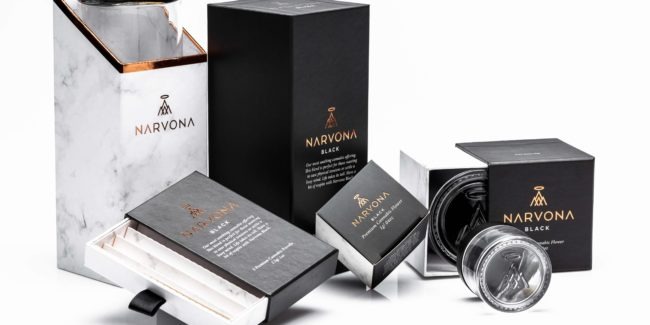When someone says the word “luxury,” what comes to mind? Is it a Burberry trench coat with its iconic Nova Check lining? A vanilla-jasmine spritz of Chanel No. 5? Or maybe it’s a pair of Louboutin heels, those famous red bottoms. “Luxury” is an evocative word, one that paints a picture in your mind of rich fabrics, expensive price tags, and above all else, exclusivity.
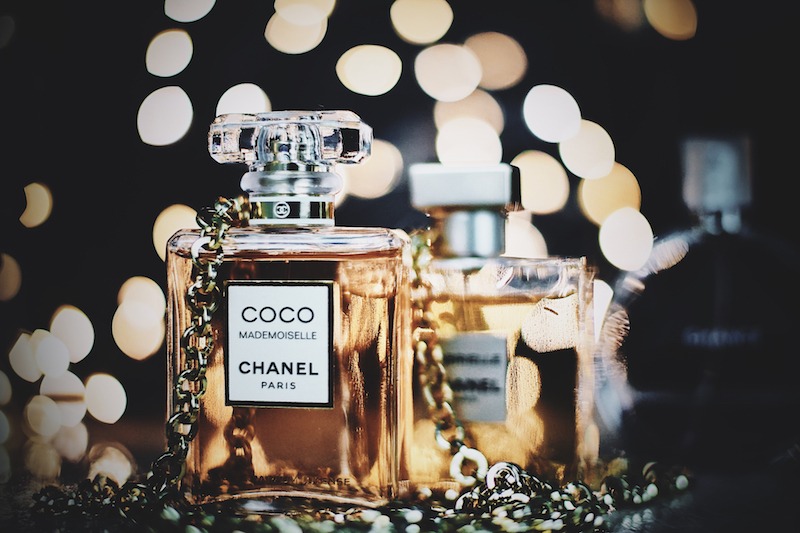
As the legal cannabis market continues to grow at a rapid pace, so too does the demand for products that go beyond your traditional joint or pot brownie. We’re moving farther away from a Ziploc bag of shitty weed and closer to an age when a cannabis sommelier will help you pair your strain with a five-course dinner. And why shouldn’t weed look at the wine industry for inspiration? It’s built on the care and cultivation of quality ingredients that celebrate indulgence, something everybody wants now and again. Trading in your Cabernet Franc for a golden pre-roll filled with 1:1 CBD: THC is made a lot easier once cannabis companies start to think deeply about what kind of brand they want to be.
Building a Luxury Cannabis Brand
Branding is the way that a company presents itself, and this is done through name, logo design, website, and marketing. One way to think of your company’s brand is to think of its personality. There are options to be the cool brand or the outdoorsy brand, the chic or even the political brand. Then there is the luxury option, and for the cannabis companies that desire this route–with its potential for celebrity endorsements and Cannes Festival swag bags–they must consider who their audience is and what lifestyle they’re selling to them.

Take a look at a recent luxury cannabis gift guide and you see plenty of the same offerings you’d see from outside the industry: fine leather, trendy scents, and that most bougie of colors, gold. Cannabis luxury isn’t much different from regular luxury. Yes, it’s about the price tag, but it’s also about the idea that the buyer is setting a trend. Innovation is another mark of luxury brands, particularly in the tech and automobile sectors. And because the industry is new, Cannabis brands have the opportunity to innovate at a quick pace. From creating new models of vapes that are released with the frequency–and comparisons to–an iPhone to hosting branded cannabis experiences–high tea anyone?–luxury cannabis brands can take advantage of the blank slate of a new market.
The Evolution of Luxury Brands
Here’s the thing, even luxury evolves. In 2018, the list of luxury fashion labels that have stopped using fur includes Gucci, Versace, and Jimmy Choo. Not to be a pessimist, but it didn’t change because the designers had a come to Peta moment. It happened because their customers stopped wanting it, and they needed to match the needs of the consumer. That’s not necessarily a bad thing; it’s capitalism. As the wealthy place more value onto sustainability, in what’s known as the “ethical value,” so must Bentley and Mercedes Benz and other luxury brands that want to keep selling to these evolved buyers.
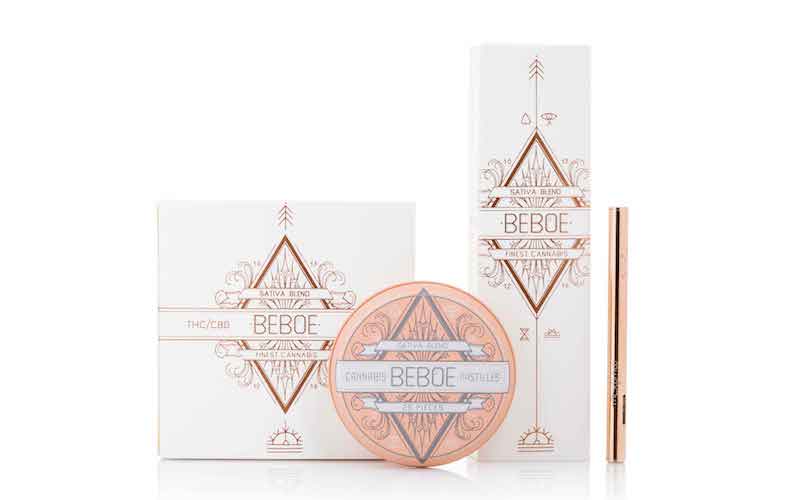
So too must luxury cannabis brands be willing to adapt to fit the needs of their audience. Whether that’s utilizing eco-friendly packaging or donating a portion of their sales to reparative-justice projects happening in the cannabis industry, luxury brands should reflect a more thoughtful and engaged consumer.
Swanky Sativa
Cannabis brands are handicapped by the stigma of selling a product that isn’t legal everywhere in the country. So these companies have to work harder to overcome this and show consumers that buying cannabis can be just as enjoyable of a shopping experience as buying designer clothes. In the end, that comes down to the presentation. A luxury cannabis product–and its label, advertisement, and overall brand–should present as less head shop and more high-end boutique.
Above all, luxury branding is about perception. A luxury brand sells a story to its buyers: This car will make you the coolest; this handbag will make you the most fashionable; this lingerie will make you the most desired. For luxury cannabis branding, it may be less about creating the product that gets you the most stoned and instead the one you want to be seen smoking. Think about the difference between Smirnoff and Pappy Van Winkle. One says junior in college and one says, connoisseur. The luxury cannabis brand is for smokers who want to be perceived as a sophisticate, not a stoner.

